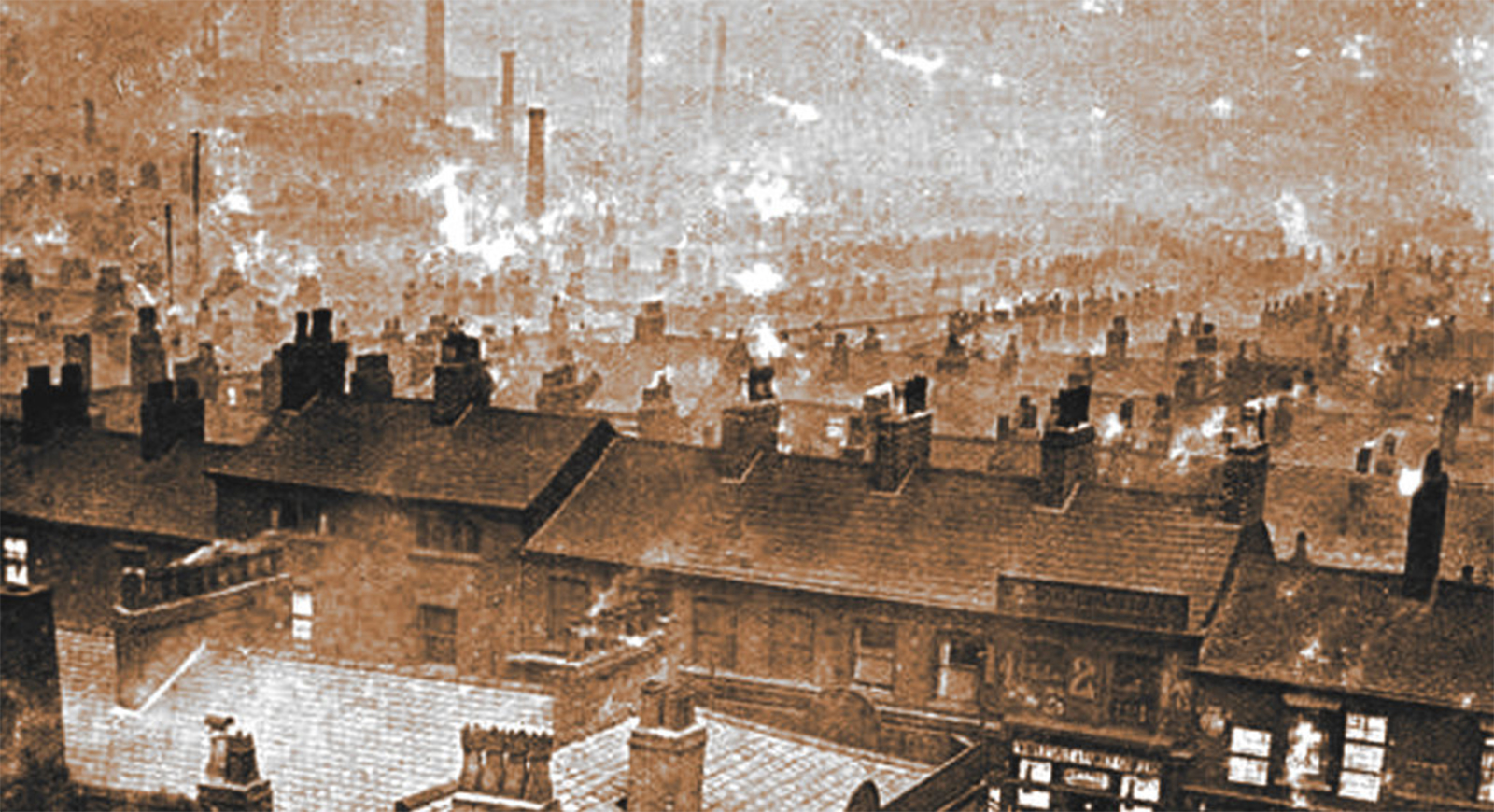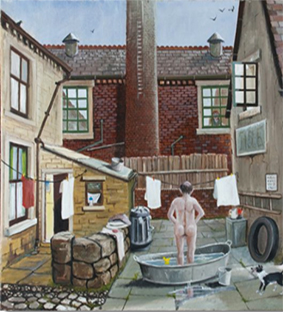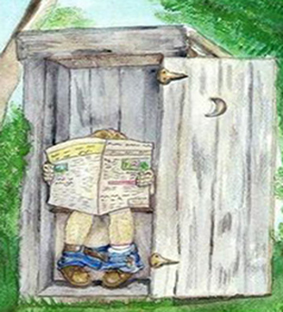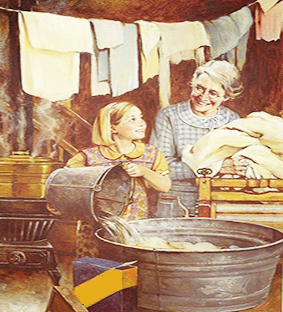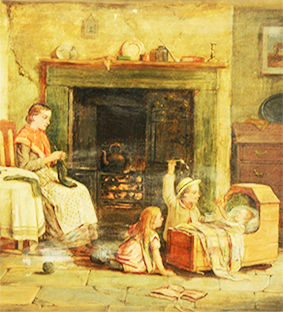Lowerhouse Mile - 'Living Conditions'
Lowerhouse Mile - Domestic Life
When the first census took place in 1801 about 20% of the population lived in towns, this rose to 50% by 1851 as agricultural workers seeking better
life prospects moved from the countryside into the towns and cities. This large influx of people into towns led to some appalling housing conditions, as
many houses were built back-to-back, without adequate heating, ventilation, or street drainage.
Click image of interest
Toilets were often shared by several houses, and workers renting the properties were expected to work long hours for very poor wages under stressful conditions. This all brought about numerous outbreaks of cholera, and in the 1840's local town councils began to bring about a measure of regularisation as back-to-back buildings, and cellar houses were banned.
Employers created a great demand for a child and female labour force to work up to 12 hours a day or even longer, so a new law passed in 1819 which made it illegal for children below 9 years of age to work in cotton mills, and children aged 9 to 13 years could not be made to work more than 12 hours a day. Another law created a few years later stipulated that no one below 18 years could be made to work between 8:30 p.m. to 5:30 a.m.

